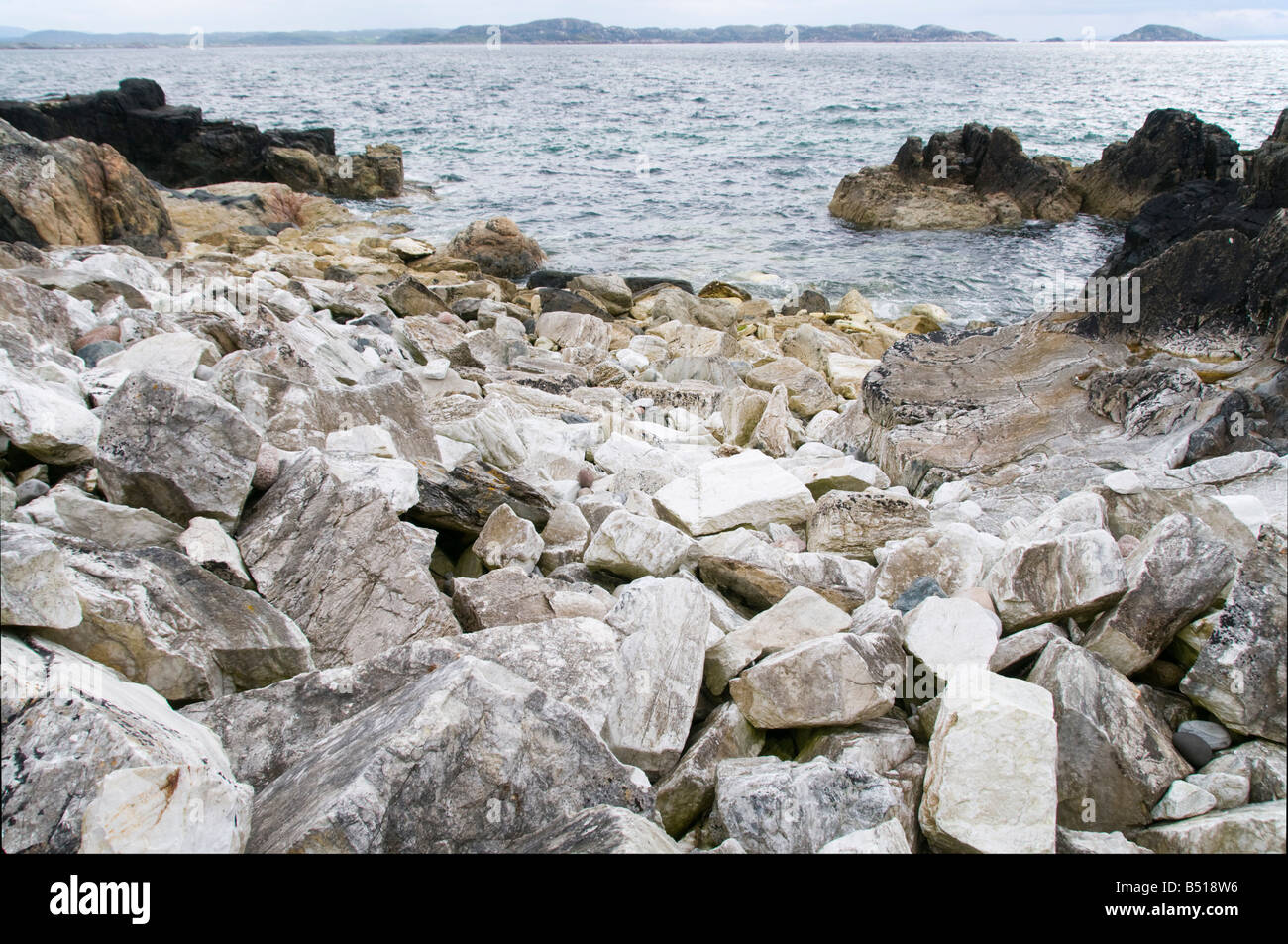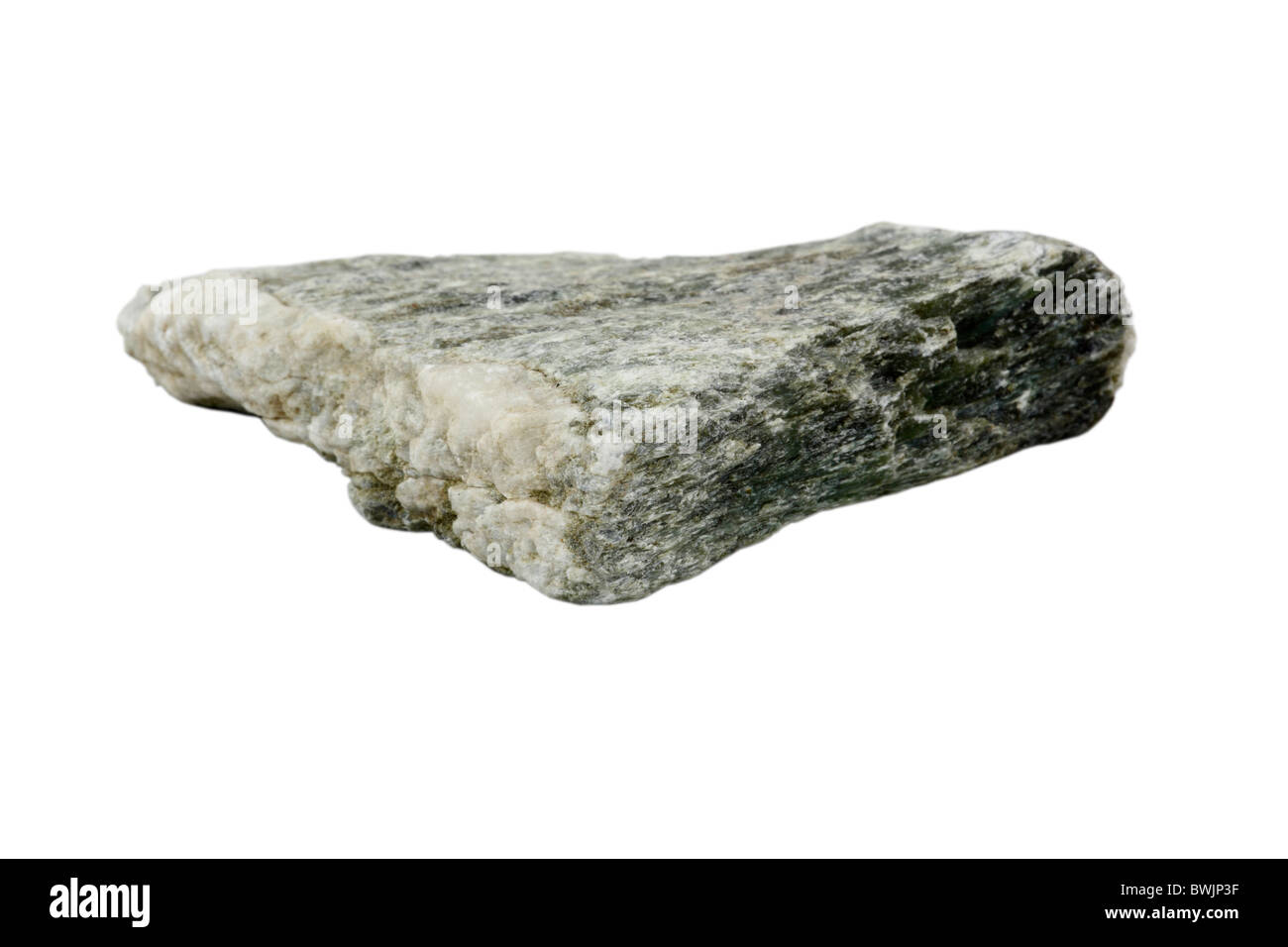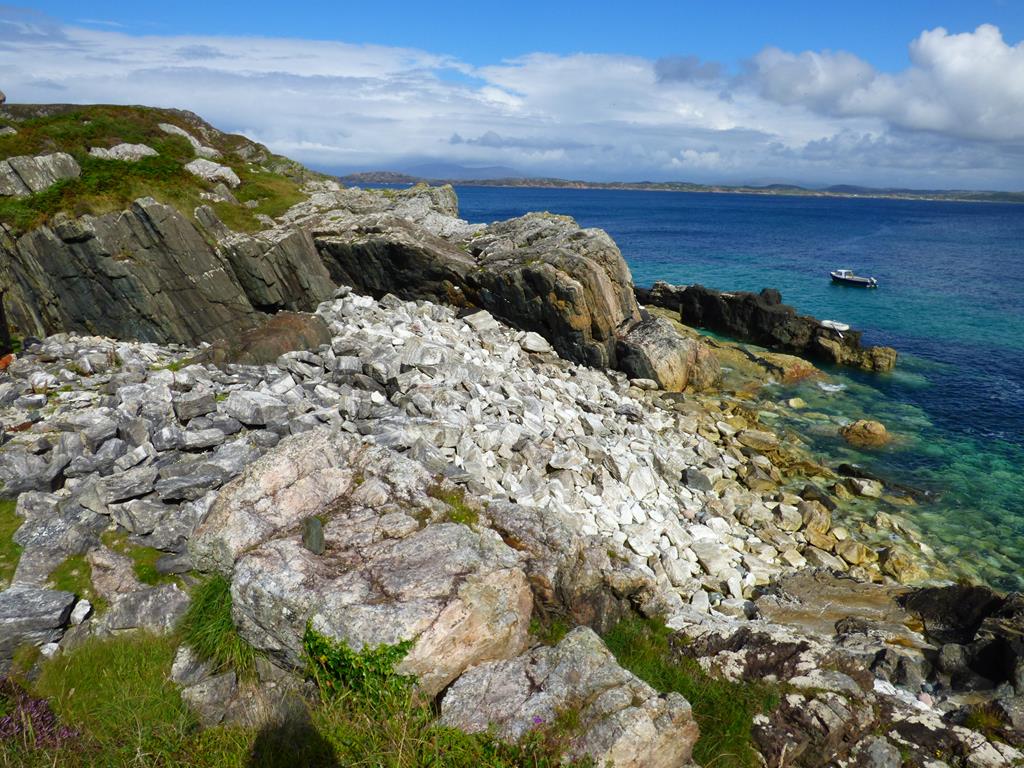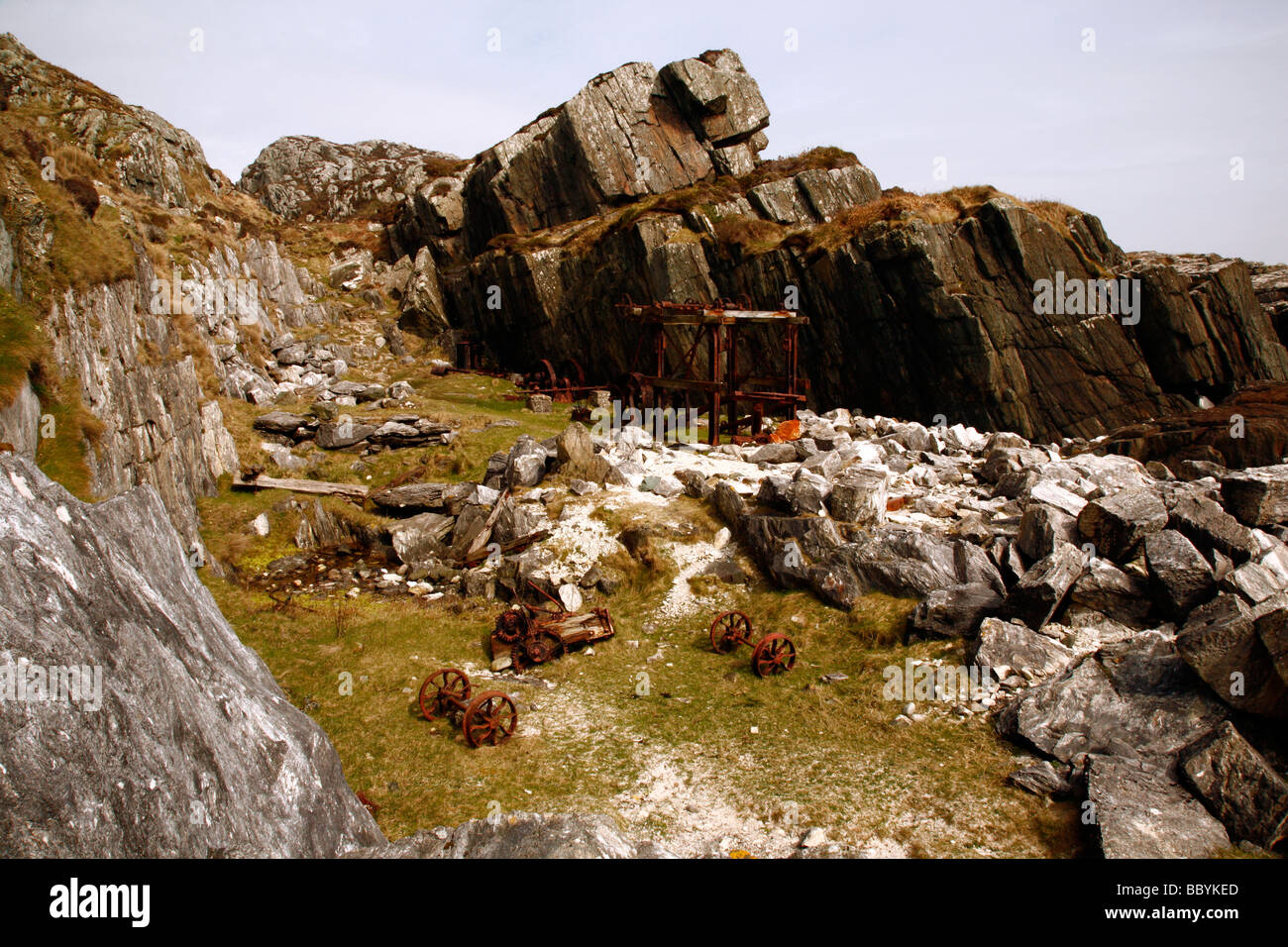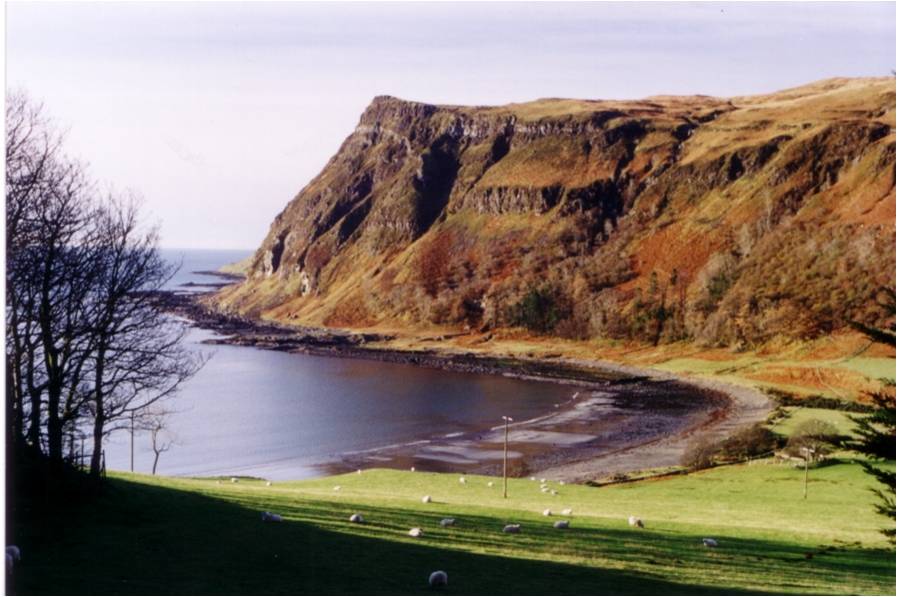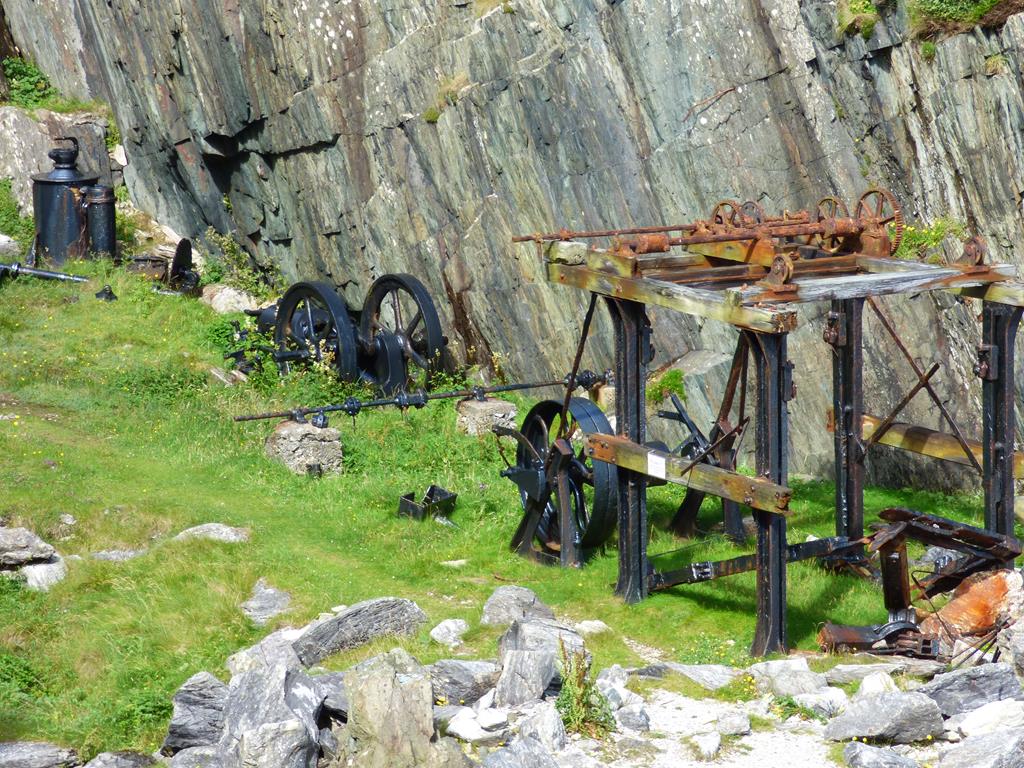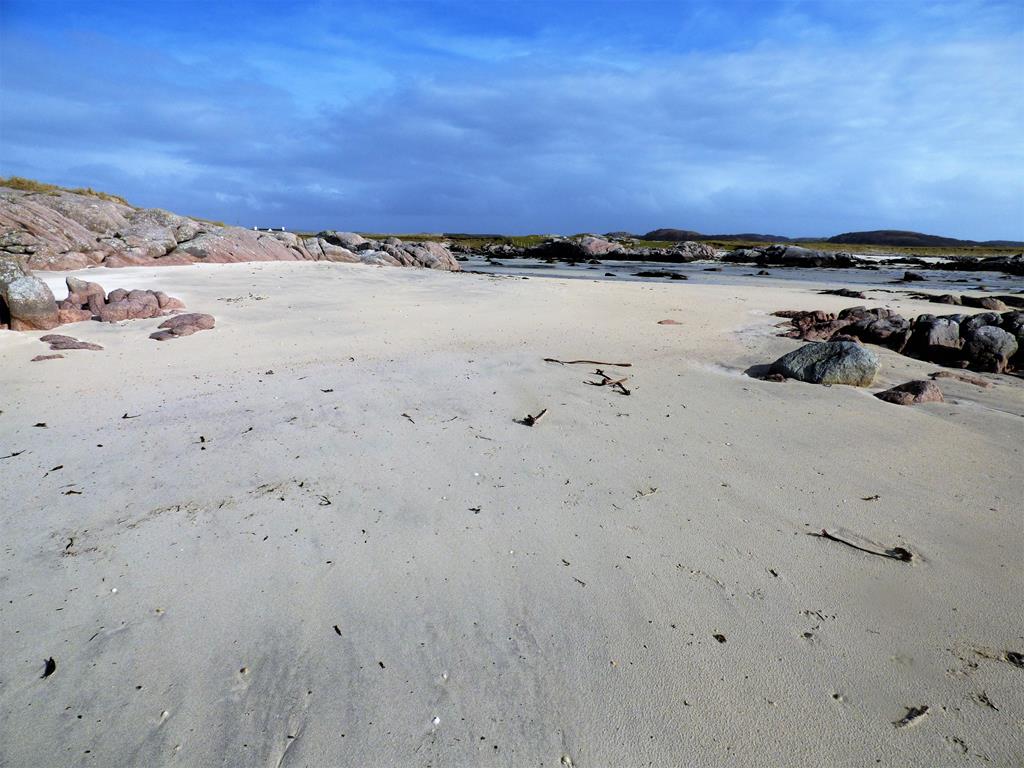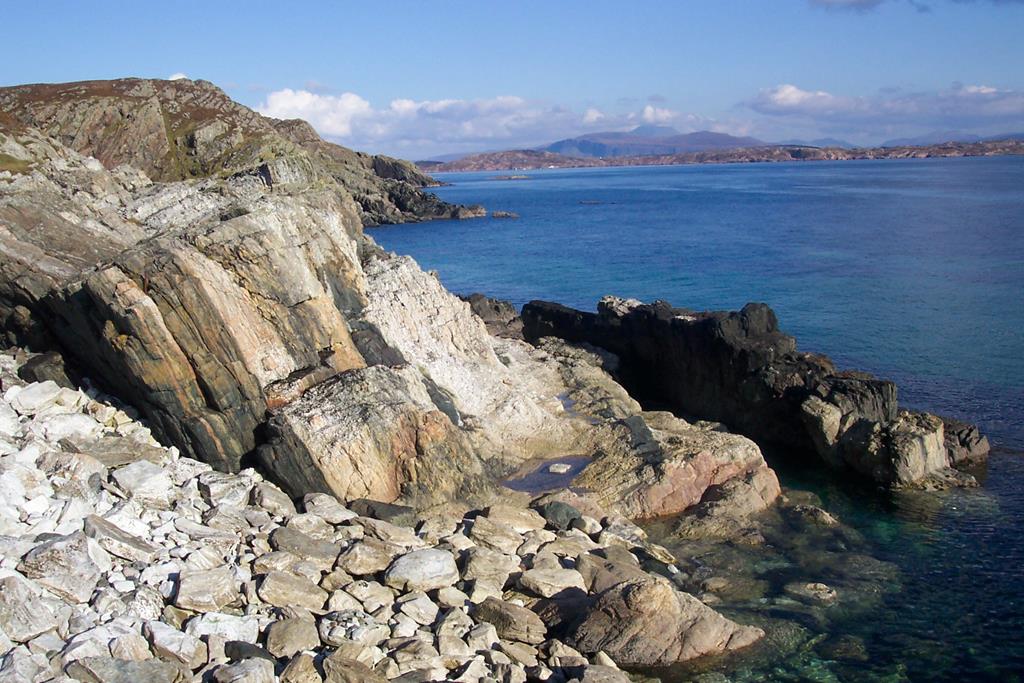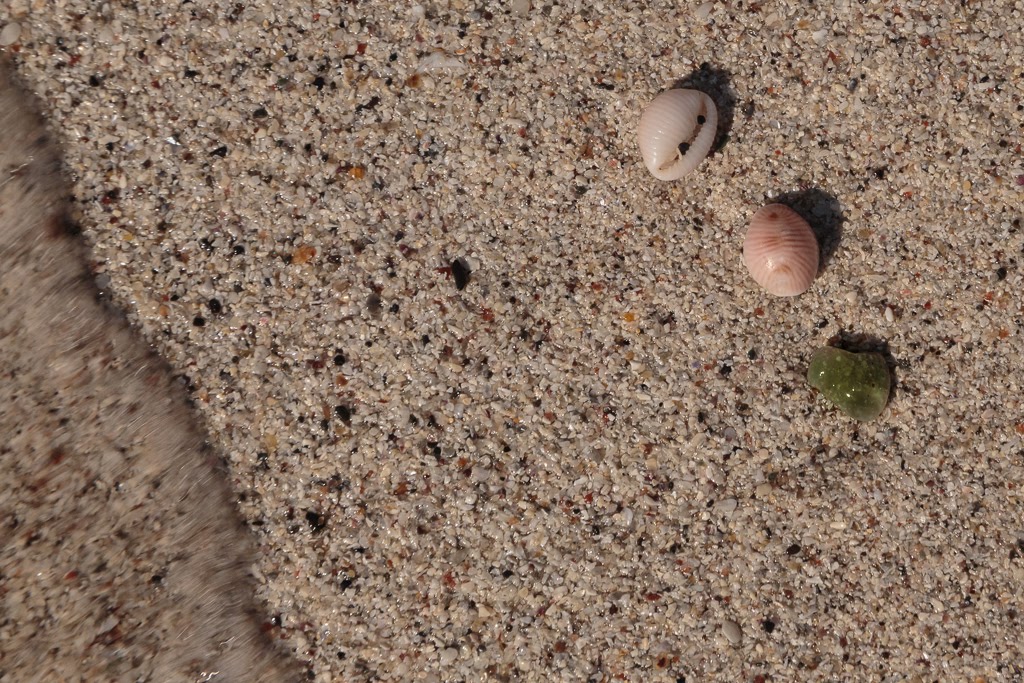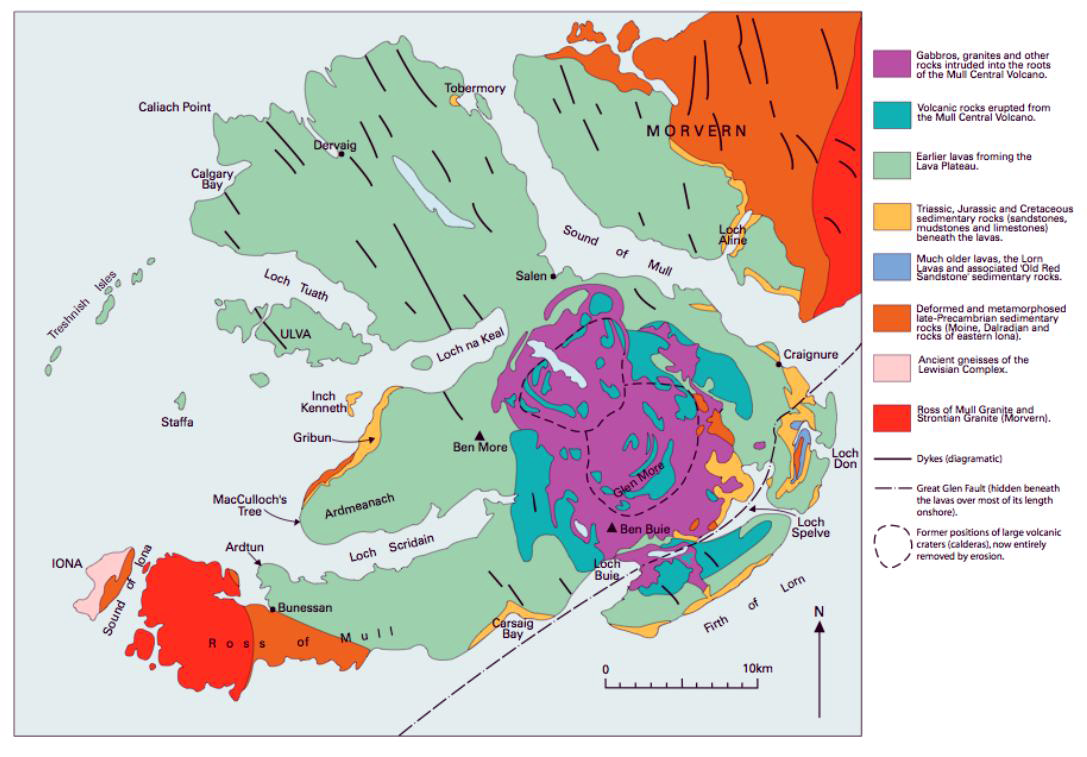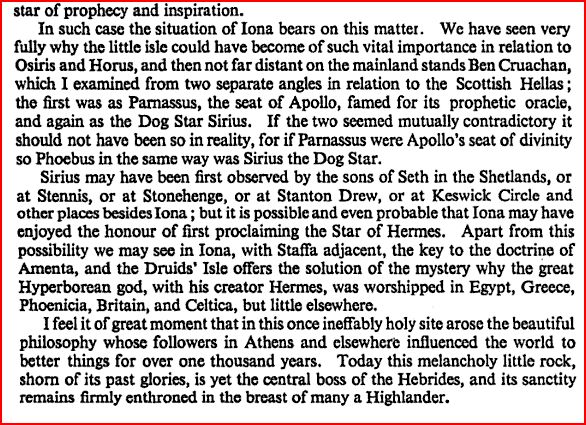Iona Marble Geology

Iona marble is found by diving from the beaches into under water seams on the isle of iona scotland.
Iona marble geology. A number of coves and beaches towards the south of the island contain small pebbles of iona marble polished for aeons by. Or better still treat yourself to a piece of iona or mull jewellery set from martyrs bay shop with marble or granite which. In short mull and iona are a microcosm of the earth s geology with rocks and landscapes dating from as recently as 11 000 years ago at the end of the last ice age to rocks that are close to 3 billion years old. Other sites that will be written up in due course include the gribun dessication cracks the dykes at ardmore point the composite dyke near ishriff the pillow lavas in glen more the mugearite plug at lagganulva the.
Known by some as the sacred stone of columba green marble has been treasured and crafted by jewellers for centuries. This 2700 million year old rock is composed of a unique combination of serpentine and limestone. ì chaluim chille sometimes simply ì is a small island in the inner hebrides off the ross of mull on the western coast of scotland it is mainly known for iona abbey though there are other buildings on the island iona abbey was a centre of gaelic monasticism for three centuries and is today known for its relative tranquility and natural environment. If you look closely at the lewisian gneiss and at the younger iona group rocks on the east side of iona you might notice bright red sheet like veins of.
There are many more locations which are of geological interest. Iona glacial erratics granite boulders carried by ice. Iona columba s bay famous for its green serpentine marble pebbles. Several bands of marble crop out in the gneiss and one of these was commercially worked in the past the remains of which can be seen in an inlet on the south east corner of the island.
Iona marble quarry white marble no longer quarried. Chemical analyses of the metasediments and basic rocks in the amphibolite group indicate that the sequence was probably originally a supracrustal group composed of tuffs lavas impure limestone and iron rich. The amphibolite group contains concordant marble and iron rich horizons which delineate the major fold structures in south and west iona.






